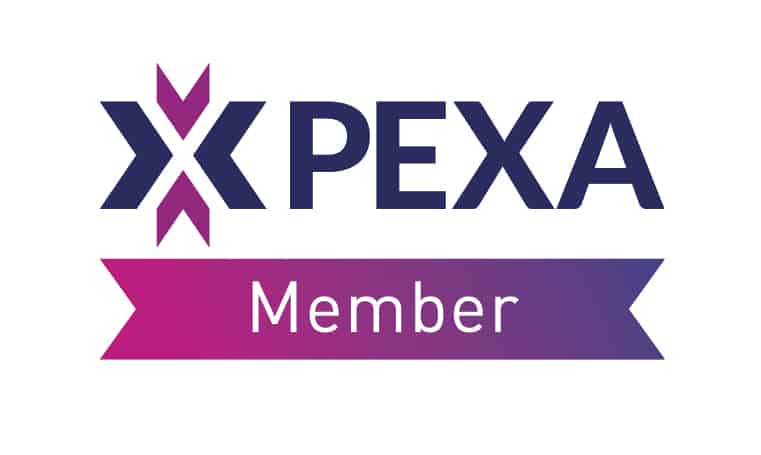
A priority notice is a form of land dealing which, once registered on title:
- acts as a notice to the public that someone intends to lodge a dealing on a title (e.g., a transfer, lease or mortgage); and
- temporarily (i.e. for the period of the priority notice) prevents the registration of other dealings to preserve the priority-on-title of the dealing covered by the priority notice. Subsequent dealings are noted as ‘unregistered dealings’ until the priority notice is withdrawn or lapses.
So if for example you intend to lodge a transfer, you can register a priority notice to hold the transferee’s place on title until settlement.
Lodgement, duration and cost
Priority notices can only be lodged online via PEXA.
A priority notice’s initial priority period of 60 days from the date of registration can be extended once for 30 days. However, it can be withdrawn before the end of the 60 days (or a 30 day extension).
Priority notices cost $40.31 to register, $16.70 to extend, and $16.70 to withdraw. Lodgement and withdrawal of a caveat costs $147.70 to register.
Pros and cons
Pros
- they are cheaper to register than caveats
- they are quick and easy to lodge
- registration of a priority notice does not require a caveatable interest–the only requirement is that you are a party to a land dealing
- a single priority notice can remain on title for 60 to 90 days, and
- sequential priority notices can be lodged without limit in relation to the same land dealing (when a previous priority notice lapses).
Cons:
- unlike a caveat, a priority notice is time limited and lapses, and
- priority notices do not prevent registration of all subsequent dealings (e.g. a caveat is not subject to a priority notice and there can be competing priority notices).
Priority notices vs caveats
One disadvantage of priority notices is automatic lapsing. After a priority notice is registered, subsequent dealings lodged for registration are noted on title as ‘unregistered dealings’ until the priority notice dealing is registered or the priority notice lapses or is withdrawn.
If the relevant dealing cannot be registered within the priority notice period, an unregistered dealing noted on title can be registered immediately on the lapse of the priority notice before a second priority notice can be lodged.
Consequently, if there is a caveatable interest, it may be preferable to lodge a caveat than a priority notice, especially if the registration date of the dealing is uncertain. A caveat remains on title indefinitely, preventing virtually all dealing with the title until it is either withdrawn (e.g., when the caveator receives payment) or is lapsed by the owner or an interested person. As lapsing can be complex (involving court proceedings if the caveator defends their caveatable interest), a caveat gives stronger protection than a priority notice for the priority of a proposed dealing.
Priority notices and caveats have distinct purposes:
- the priority notice preserves the priority of a dealing to be lodged for registration later;
- the caveat acts as a form of security and a warning to third parties that the caveator claims an equitable or legal interest in the land.
Where there is a caveatable interest, either can be used to protect the priority of an impending dealing. However, where a caveatable interest exists, registering a caveat is a safer bet.
Conclusion
Although priority notices can be used as a quick and cheap tool to preserve a future dealing’s priority on title, it is important to consider whether:
- the dealing will be registered within the priority notice period, and
- whether, in the circumstances, a caveat should be lodged instead.




